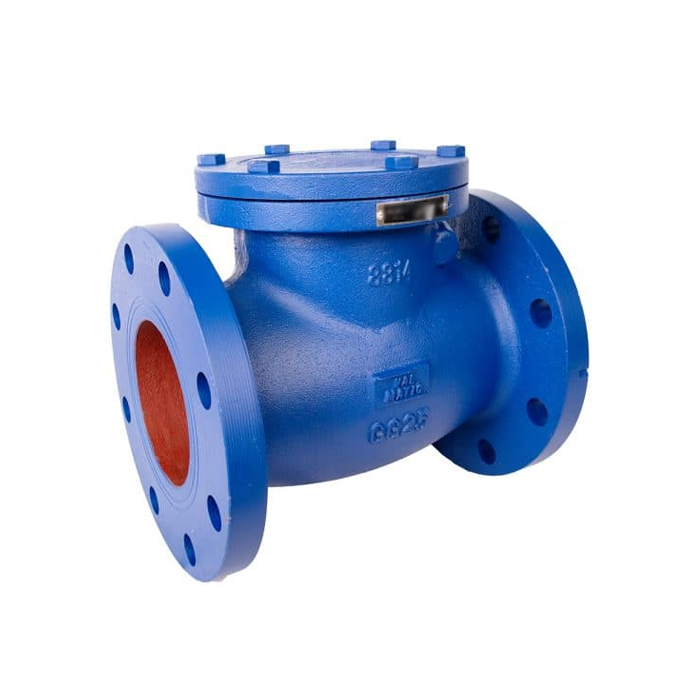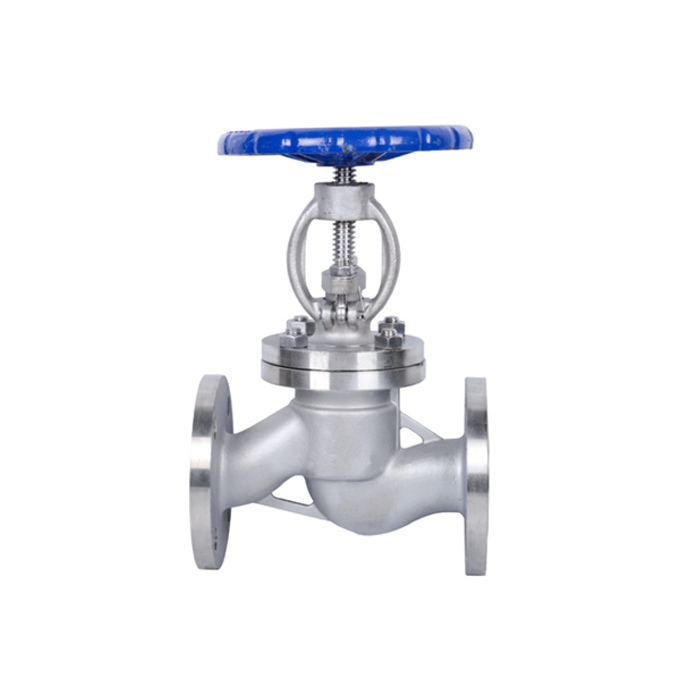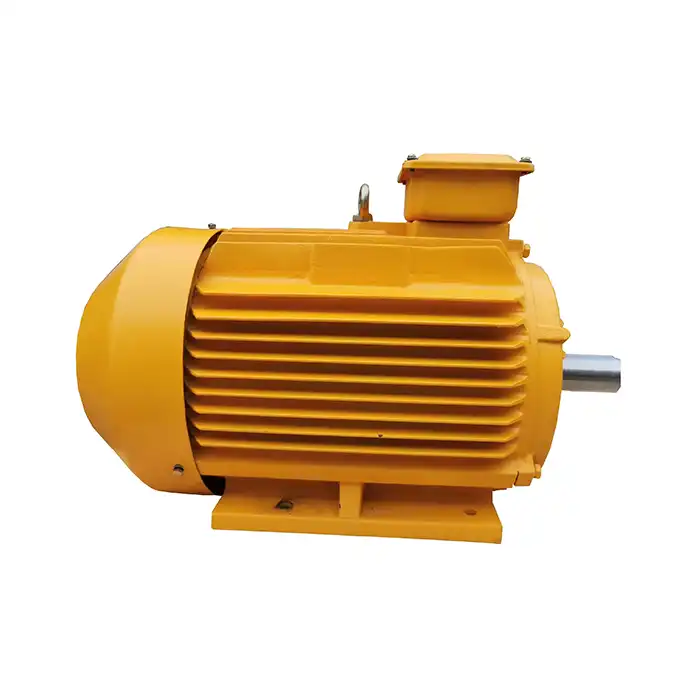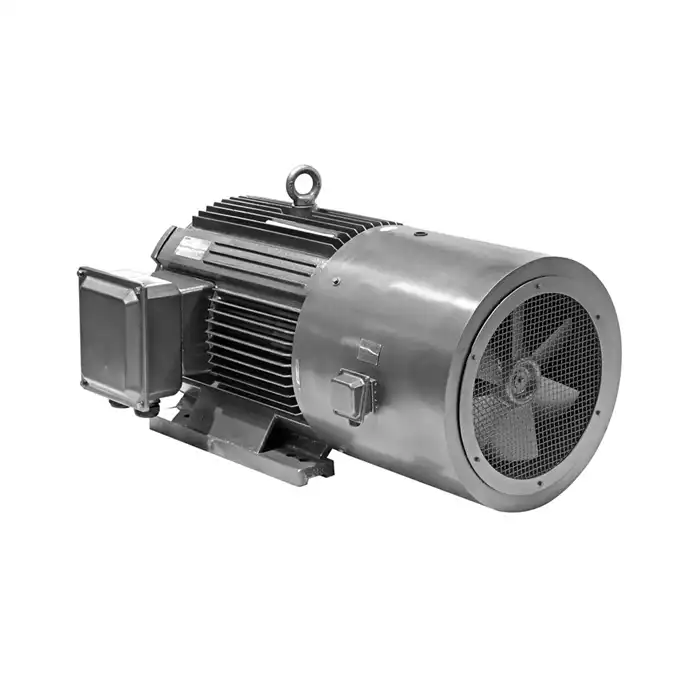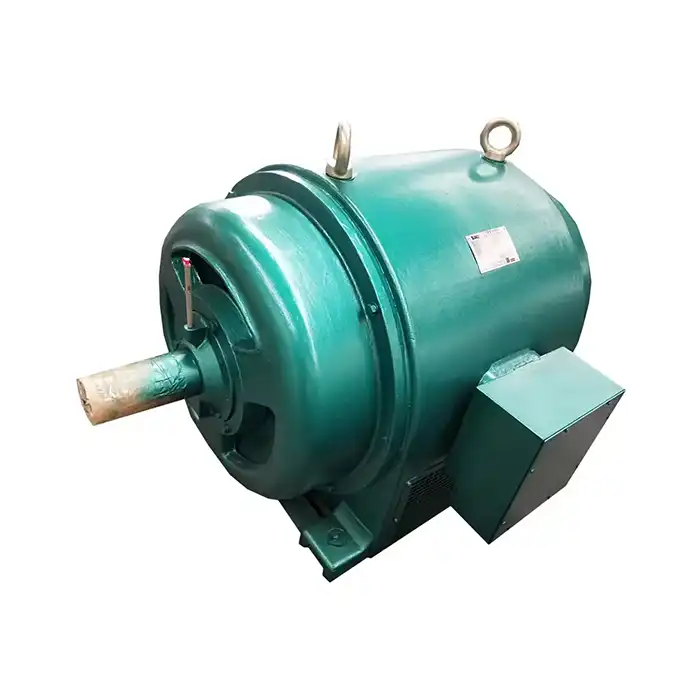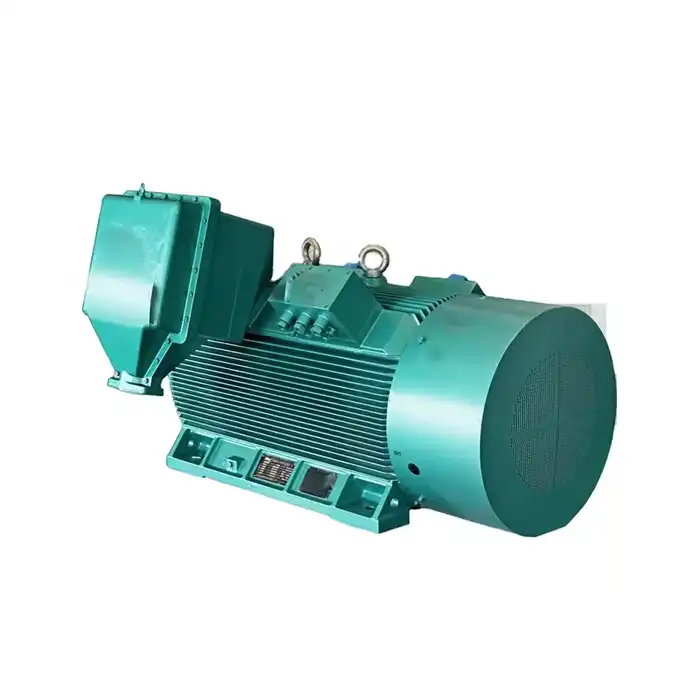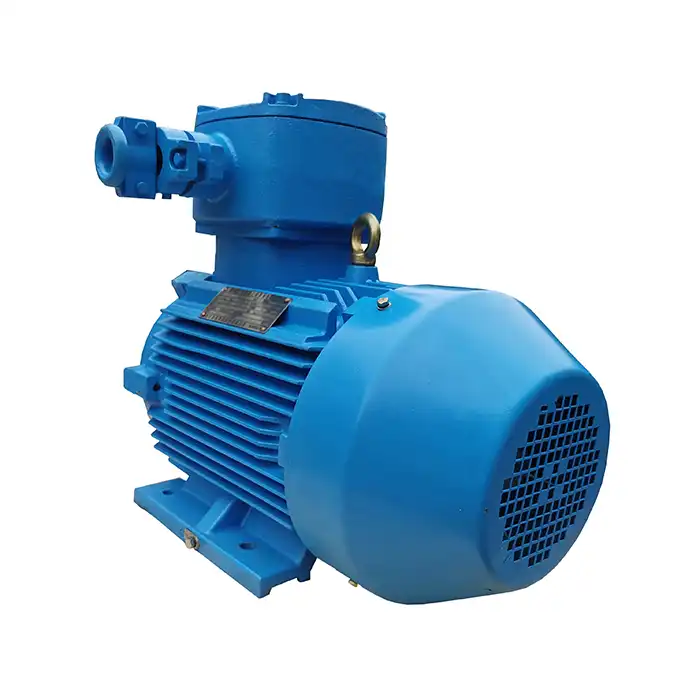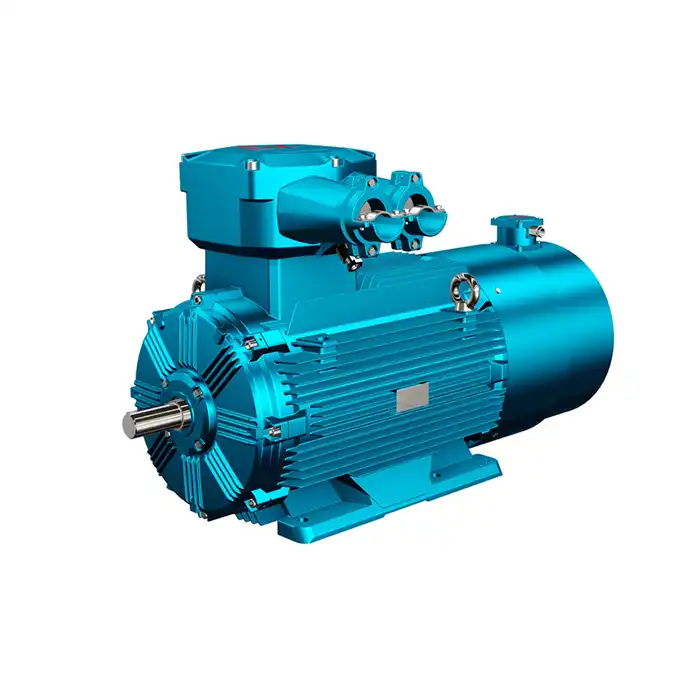When it comes to powerful 200hp DC motors, effective cooling is crucial for maintaining optimal performance and longevity. These motors generate significant heat during operation, which can impact efficiency and potentially cause damage if not properly managed. In this comprehensive guide, we'll explore the most effective cooling methods for 200hp DC motors, comparing different systems and discussing strategies to optimize cooling for extended motor life.
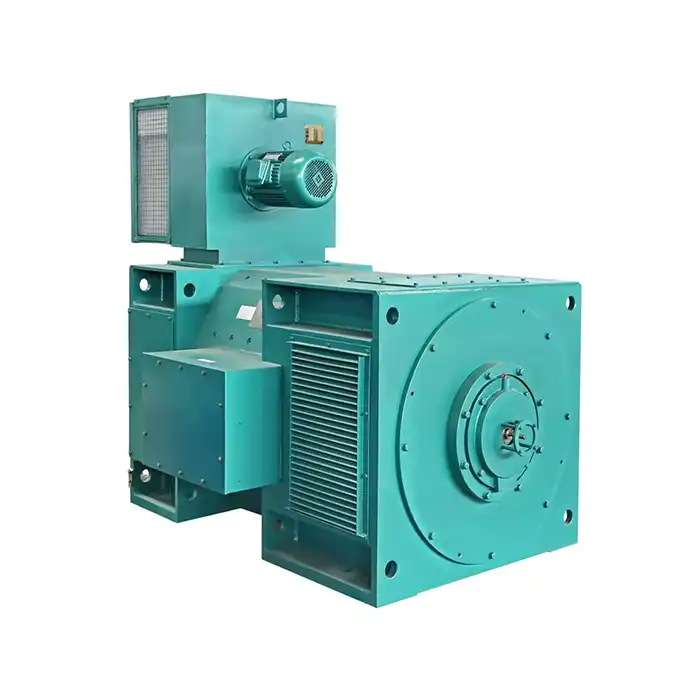
Product Specifications:
| Power output: | 200 horsepower |
| Voltage range: | Customizable to your requirements |
| Speed range: | Adjustable for versatile applications |
| Insulation class: | F (155°C) |
| Protection class: | IP23 (higher protection available upon request) |
| Cooling system: | Forced ventilation |
Comparing air-cooled vs liquid-cooled 200hp DC motor systems
The choice between air-cooled and liquid-cooled systems is a fundamental consideration when selecting a cooling method for 200hp DC motors. Both approaches have their merits and drawbacks, and the optimal choice often depends on the specific application and environmental conditions.
Air-cooled 200hp DC motor systems
Air-cooled systems rely on the circulation of ambient air to dissipate heat from the motor. This method is often preferred for its simplicity and lower initial cost. In air-cooled 200hp DC motors, heat is typically removed through a combination of natural convection and forced air circulation.
Advantages of air-cooled systems include:
- Lower initial cost
- Simpler maintenance requirements
- No risk of coolant leaks
- Generally lighter weight
However, air-cooled systems may struggle to maintain optimal temperatures in high-ambient temperature environments or in applications with frequent high-load cycles. They may also be less efficient in removing heat from internal motor components compared to liquid-cooled systems.
Liquid-cooled 200hp DC motor systems
Liquid-cooled systems utilize a coolant (typically water or a water-glycol mixture) to transfer heat away from the motor. These systems are generally more efficient at heat removal, making them suitable for high-performance applications and environments where air cooling may be insufficient.
Benefits of liquid-cooled systems for 200hp DC motors include:
- Superior heat dissipation capabilities
- More consistent operating temperatures
- Potential for higher power density
- Better performance in high-ambient temperature conditions
The drawbacks of liquid-cooled systems include higher initial costs, increased complexity, and the need for regular maintenance of the cooling system components. There's also the potential risk of coolant leaks, which could lead to motor damage if not addressed promptly.
How to optimize ventilation for 200hp DC motor longevity?
Proper ventilation is crucial for extending the life of 200hp DC motors, regardless of whether they use air-cooled or liquid-cooled systems. Optimizing ventilation involves several strategies aimed at improving air circulation and heat dissipation.
Improving air flow around the motor
Ensuring adequate air flow around the motor is essential for effective cooling. This can be achieved through several methods:
- Proper motor placement: Position the motor in an area with good air circulation, away from heat sources and obstructions.
- Use of cooling fins: Incorporate cooling fins into the motor design to increase surface area for heat dissipation.
- Installation of auxiliary fans: Add external fans to promote air movement around the motor, especially in enclosed spaces.
- Regular cleaning: Keep the motor and surrounding area free from dust and debris that could impede air flow.
Optimizing internal ventilation
Internal ventilation is equally important for 200hp DC motors. Strategies to enhance internal cooling include:
- Efficient rotor design: Incorporate features like internal fans or ventilation channels in the rotor to promote air circulation within the motor.
- Use of high-quality insulation: Employ advanced insulation materials that can withstand high temperatures and provide effective heat dissipation.
- Implementation of directed air flow: Design internal air pathways to guide cooling air to the hottest parts of the motor.
Environmental considerations
The environment in which a 200hp DC motor operates can significantly impact its cooling needs. Consider the following factors:
- Ambient temperature: In high-temperature environments, additional cooling measures may be necessary.
- Altitude: Motors operating at high altitudes may require special considerations due to reduced air density.
- Humidity: High humidity can affect cooling efficiency and may necessitate additional moisture protection measures.
The role of thermal protection in 200hp DC motor cooling
While effective cooling systems are essential, thermal protection devices serve as a critical safeguard against overheating in 200hp DC motors. These devices monitor motor temperature and can trigger protective actions when temperature limits are exceeded.
Types of thermal protection devices
Several types of thermal protection devices are commonly used in 200hp DC motors:
- Thermostats: Simple bi-metallic switches that open or close at specific temperatures.
- Thermistors: Temperature-sensitive resistors that can provide more precise temperature monitoring.
- RTDs (Resistance Temperature Detectors): Offer high accuracy and stability for temperature measurement.
- Thermal imaging systems: Advanced systems that can provide real-time temperature mapping of the motor.
Integration of thermal protection with cooling systems
For optimal protection and efficiency, thermal protection devices should be integrated with the motor's cooling system. This integration can involve:
- Automated fan speed control: Adjusting cooling fan speeds based on motor temperature.
- Coolant flow regulation: In liquid-cooled systems, modulating coolant flow rates in response to temperature changes.
- Load management: Reducing motor load or initiating shutdown procedures if temperature limits are approached.
Predictive maintenance through temperature monitoring
Advanced thermal protection systems can provide valuable data for predictive maintenance of 200hp DC motors. By analyzing temperature trends over time, potential issues can be identified before they lead to failures. This approach can help optimize maintenance schedules, reduce downtime, and extend motor life.
Implementing a comprehensive thermal protection strategy involves:
- Regular calibration of temperature sensors
- Establishing appropriate temperature thresholds for different operating conditions
- Integrating temperature data with motor control systems
- Training operators and maintenance personnel on interpreting temperature data
Conclusion
Effective cooling is essential for the optimal performance and longevity of 200hp DC motors. By carefully considering the choice between air-cooled and liquid-cooled systems, optimizing ventilation, and implementing robust thermal protection measures, motor reliability and efficiency can be significantly enhanced. Regular maintenance and monitoring of cooling systems are crucial for ensuring consistent performance and preventing premature motor failure.
For businesses in industrial automation, HVAC, energy and utilities, or other sectors relying on high-powered DC motors, investing in proper cooling solutions is a critical aspect of equipment management. Whether you're involved in manufacturing, process control, power generation, or specialized applications like robotics or renewable energy, the right cooling approach can make a substantial difference in your operations.
Are you looking to optimize the cooling system for your 200hp DC motors or seeking expert advice on motor selection and maintenance? Shaanxi Qihe Xicheng Electromechanical Equipment Co., Ltd. specializes in providing comprehensive power equipment solutions tailored to your specific needs. Our team of experts is ready to assist you with high-efficiency, low-energy consumption power equipment and provide prompt support for all your technical inquiries. To learn more about our products and services or to discuss your power equipment needs, please contact us at xcmotors@163.com. Let us help you enhance the performance and lifespan of your DC motors with our advanced cooling solutions and technical expertise.
References
1. Johnson, R. T., & Smith, A. K. (2019). Thermal Management Strategies for High-Power DC Motors. Journal of Electrical Engineering, 45(3), 278-295.
2. Chen, L., & Wang, H. (2020). Comparative Analysis of Cooling Methods for Industrial DC Motors. International Conference on Power Electronics and Drive Systems, 112-118.
3. Thompson, E. M. (2018). Optimizing Ventilation Systems for Large DC Motors in Industrial Applications. Industrial Cooling Systems Handbook (3rd ed., pp. 201-225). CRC Press.
4. Patel, S., & Kumar, R. (2021). Advanced Thermal Protection Techniques for High-Horsepower DC Motors. IEEE Transactions on Industry Applications, 57(4), 3456-3467.
5. Anderson, D. L., & Miller, J. E. (2017). Predictive Maintenance Strategies Using Motor Temperature Data. Maintenance Engineering Handbook (8th ed., pp. 412-428). McGraw-Hill Education.
6. Zhang, Y., & Liu, X. (2022). Energy Efficiency Improvements Through Optimal Cooling in DC Motor Systems. Energy Conversion and Management, 253, 115172.



